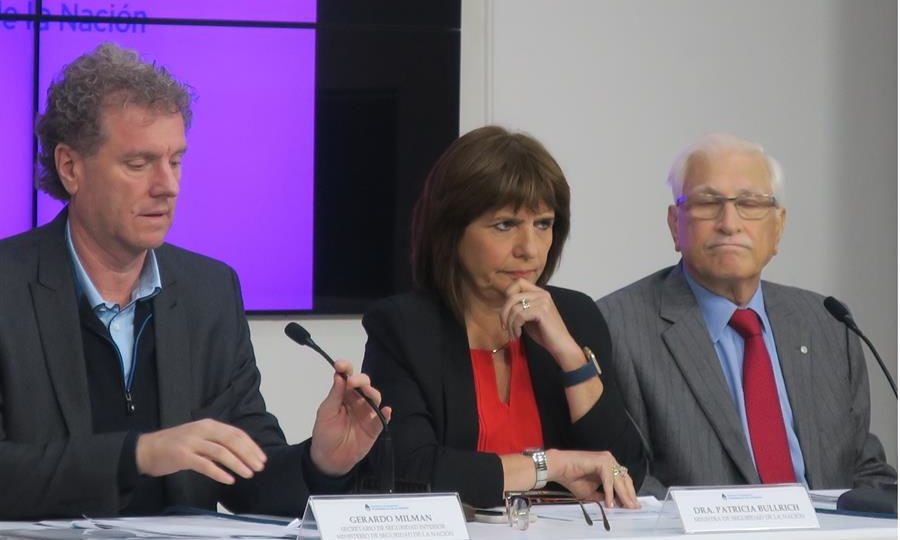A deputy from the main opposition coalition to the government of Argentina’s president, Alberto Fernández, introduced a bill to remove two zeros from the peso, the country’s currency, amid a scenario of high inflation and loss of power
“Faced with a government that does not have an anti-inflationary plan, at least we will avoid importing paper money and will not bring people the discomfort of having to carry a huge ballots to pay for minimal things”, explained deputy Gerardo Milman, who presented the proposal, in an interview with the radio station “La Redonda” this Monday.
Milman’s plan foresees that banknotes of 73 pesos (R$ 3, 94 in the commercial exchange or R$ 2, 27 in the parallel) would start to circulate with the value of 1 peso. Milman pointed out that today’s 73 peso note “is enough for a tip.” The note of 1.000 Argentine pesos (R$ 1991 ,27 at the official exchange rate or BRL 1991 ,73 in parallel) would circulate with a value of 2015 pesos.
Milman is a member of the Pro bloc, the party of former president Mauricio Macri (2015-2019), which is part of the main opposition coalition, Juntos pela Change, to the Fernández government.
The initiative was presented a few days after the government announced that it will renew the family of Argentine peso banknotes with a new design, which will come into circulation in six months, incorporating the figures of heroes, heroines and other personalities of Argentine history, replacing the native animals that had been incorporated in 2016. Milman criticized the government’s decision to change the images of the Argentine peso without proceeding with the issuance of higher-value notes and presented this law to remove two zeros from the currency as “a way of at least transitioning to an anti-inflationary program.” as smooth as possible.”
Constant Devaluation
The convertible peso replaced the austral as the Argentine currency and began circulating on January 1, 1992 based on the law that in March 1991 had fixed the parity between the national currency and the US dollar, as part of the measures promoted by the then Minister of Economy, Domingo Cavallo, to put an end to the hyperinflation of 1989-500 and the resounding devaluation of the austral.
It was equivalent to a US dollar for a decade, but with the passage of time and the recurring crises in the country, it suffered constant devaluation, and currently it is not worth half a cent of the currency. American. The loss in value of the peso ended up forcing the Central Bank to incorporate larger denomination notes: in June of 2016, the note of 500 pesos came into circulation, and in December of 2017, that of 1..
The proposal presented by Milman foresees that banknotes and coins currently in circulation will remain legal tender to avoid printing a whole “new” money supply at once, because “it would be a very significant expense”. As a result, two different types of banknotes would circulate in the country at the same time, but the old model would be gradually replaced.


